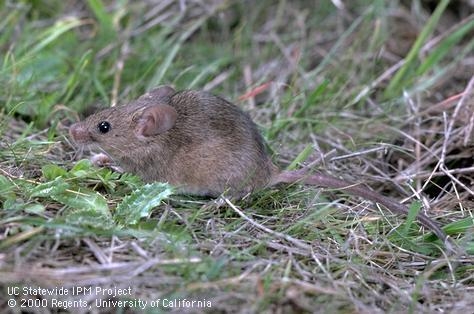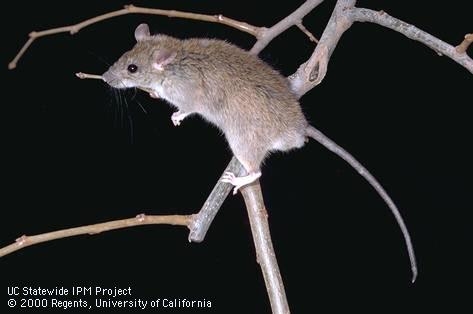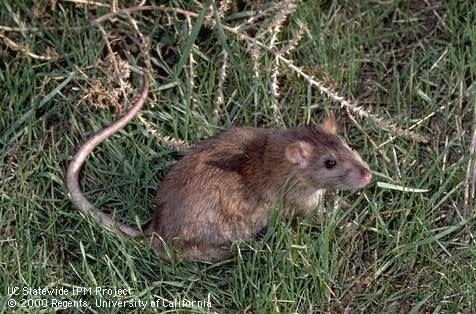You may not think about rodents such as rats, mice, or gophers until they become a pest around your home. Because rodents can be major pests in and around homes, gardens, landscapes, restaurants, and other buildings, each year pest control experts “celebrate” Rodent Awareness Week. Rodent Awareness Week (October 16-22) is an annual campaign created by the National Pest Management Association to educate the public about the potential harm associated with rats and mice. In addition to damaging structures and property, rodents can transmit diseases to humans and other animals. During the fall and winter months, rodents will seek food and shelter in homes and other buildings
Some general tips for keeping rodent pests out, include:
- Seal structural cracks and openings larger than 1/4 inch. Utilize weather stripping or door sweeps, and ensure doors and windows fit tightly. Wire screen can also be used.
- Keep food storage and garbage containers sealed.
- Remove or thin vegetation around structures. Rodents, especially house mice, will use climbing vegetation to scale buildings.
- Don't touch rodents with your bare hands. Dispose of dead rodents by placing them in plastic bags and putting them in the garbage.
- Avoid poison baits as the rodents can die in hidden places and they can be harmful to children and wildlife.

House Mice
Adult house mice can be 5 to 7 inches long with 3- to 4-inch-long tails. They are light brown to gray rodents with a characteristic musky odor. House mice are well adapted to living in close contact with humans. They are most active at night, but you can also see them during the day. Check behind boxes, in drawers, or around woodpiles for nests made of finely shredded materials. Control them by placing snap traps or glue boards in secluded areas along walls, behind objects, and in dark corners. Read the Pest Notes: House Mouse for more information.
Rats
The most troublesome rats are two introduced species, the roof rat and the Norway rat. Knowing which species is present is key in effective management. Norway rats arelarger than roof rats but usually have smaller ears and tails. When Norway rats invade buildings, they can commonly be found in the basement or ground level. They create burrows, holes in the ground, along buildings and beneath wood or garbage piles. Roof rats are excellent climbers so they can commonly be found in attics, walls, ceilings, and other elevated surfaces. They nest above ground in trees, shrubs, or dense vegetation. To learn more about rats, see the Pest Notes: Rats.


Of course, rats and mice aren't the only rodents you might find around your home and landscape. You may also encounter other rodent pests such as Voles (Meadow Mice),Deer Mouse, Gophers, Ground Squirrels, or Tree Squirrels.